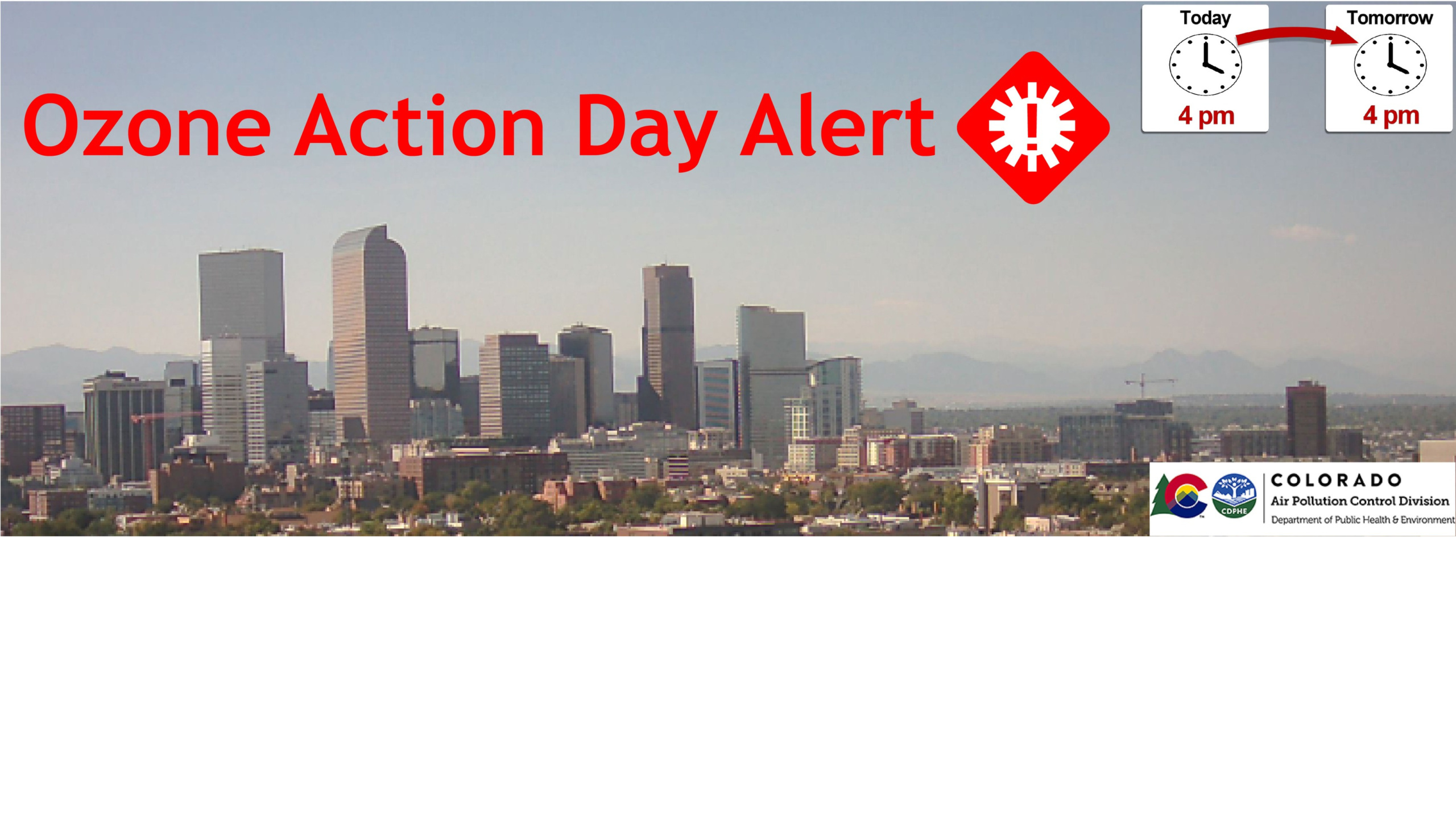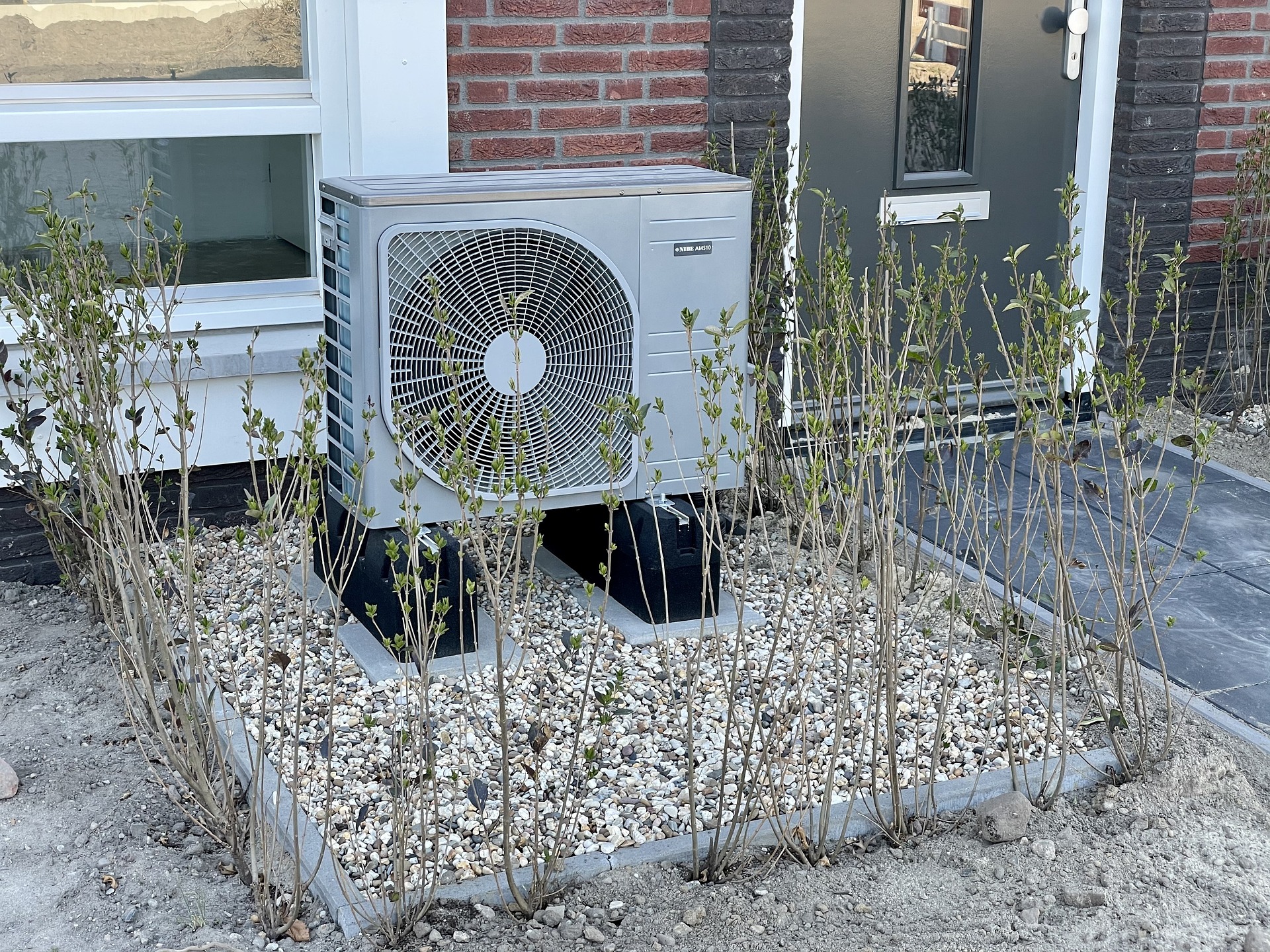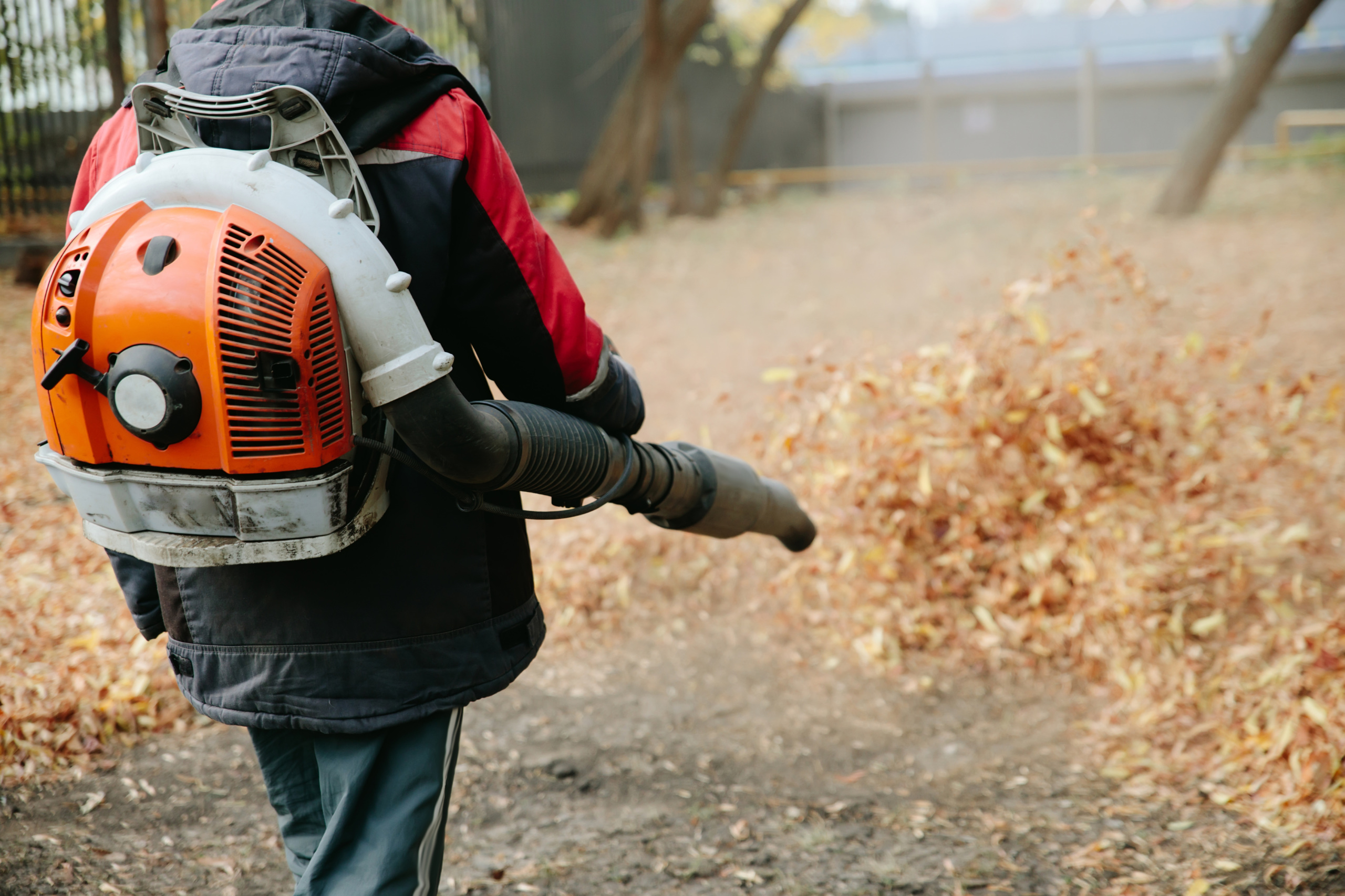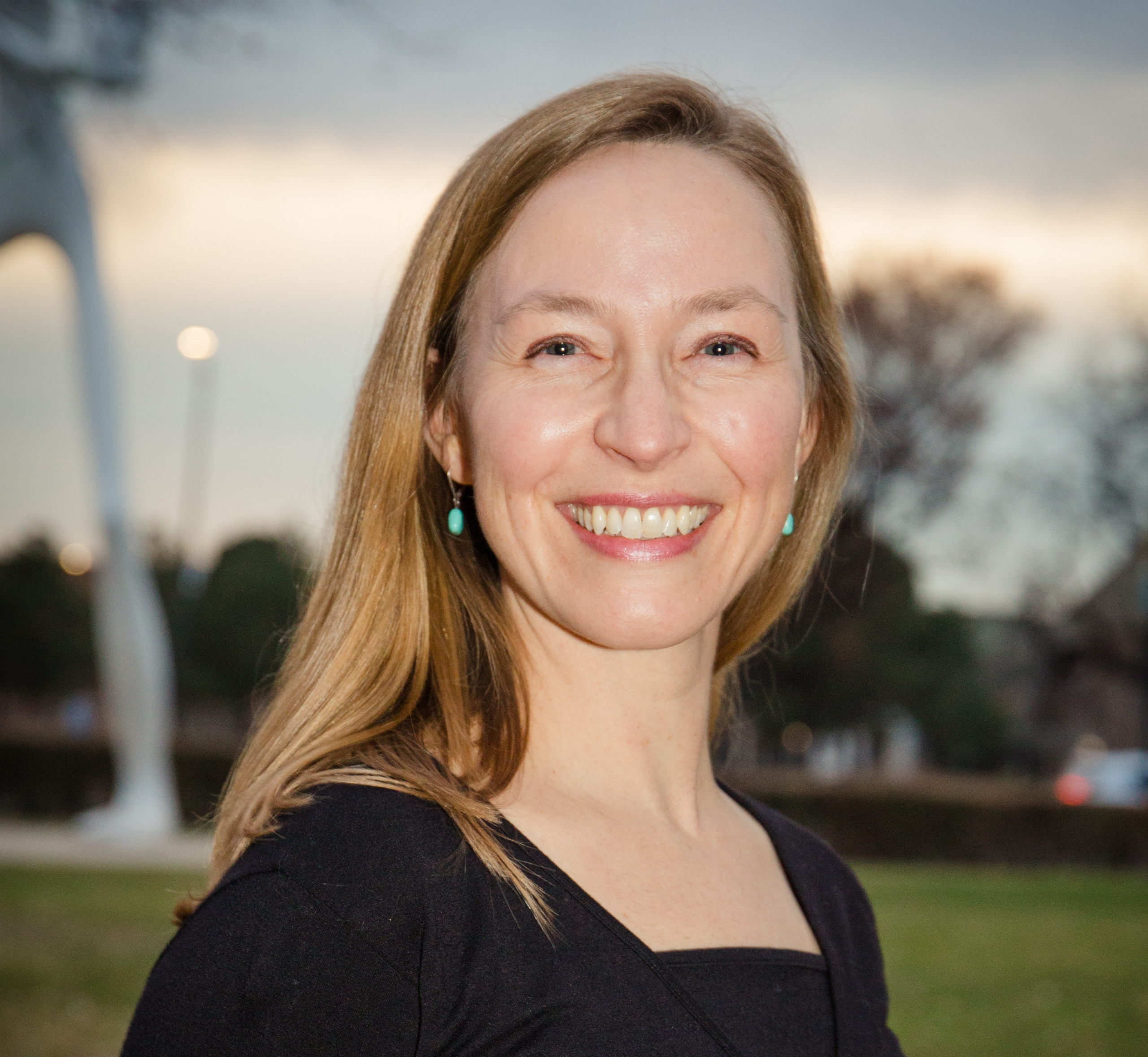
2023 Ozone Legislative Agenda
Every pound of ozone-forming pollution we can reduce will help clean up our air. The state legislature needs to continue the momentum from previous legislative sessions and regulatory actions.
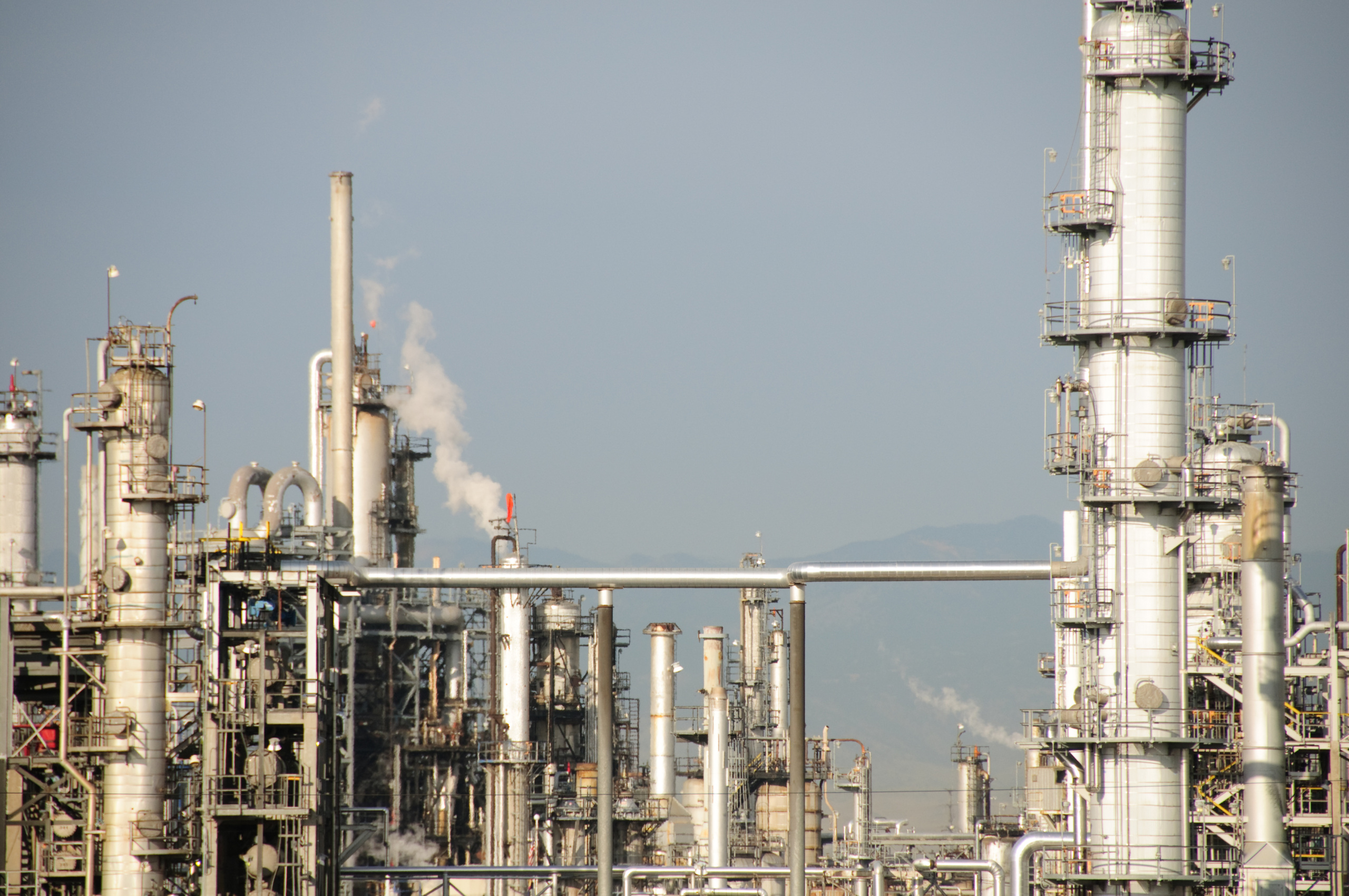

Photo by Staff | Used by permission
From the northwest corner of our state to the Front Range, Colorado suffers from ozone pollution that often exceeds air quality standards. In recent years, the northern Front Range region – roughly from Castle Rock up to Fort Collins and Greeley – has suffered from some of the highest ozone pollution in the country. These high ozone levels mean the region is failing to meet the national health-based air quality standards for ozone, and in 2022, the EPA reclassified the region from “serious” to “severe” nonattainment of these standards.
Breathing ground-level ozone can cause harmful health effects including lung damage, worsening of existing respiratory conditions such as asthma and cardiovascular disease.
There are a variety of sources producing the pollutants – nitrogen oxides (NOx) and volatile organic compounds (VOCs) – that combine chemically in the presence of sunlight to form ground-level ozone. Here is a breakdown from the Regional Air Quality Council (RAQC) of those sources for the northern Front Range nonattainment region:
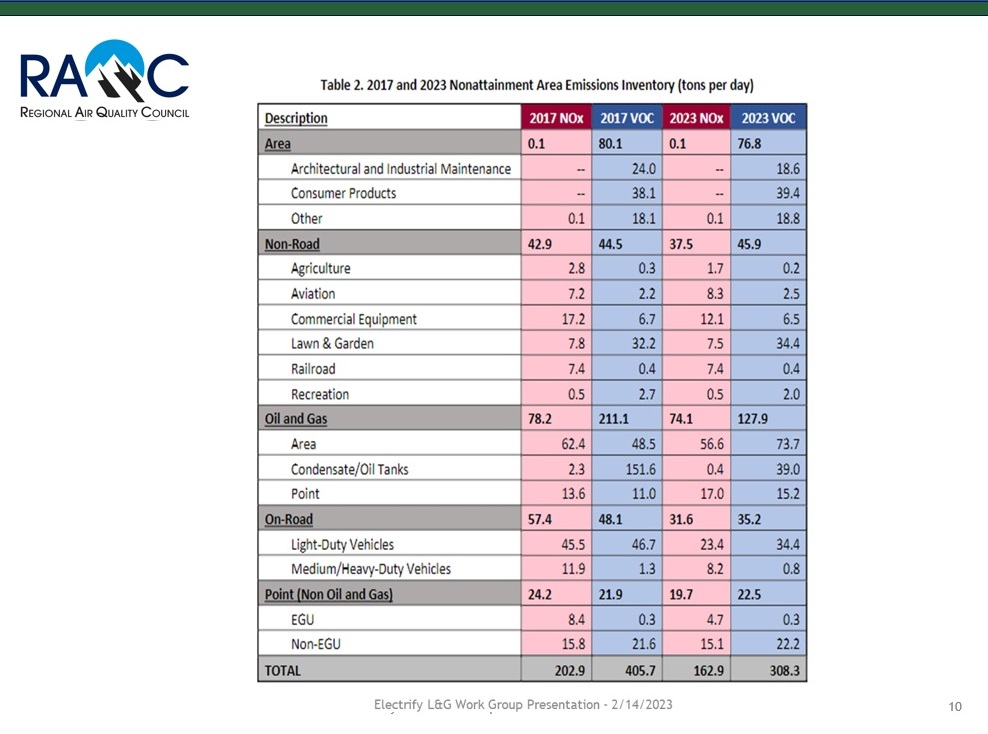
Table 1Photo by RAQC | Used by permission
How much air pollution do we need to reduce to avoid dangerous ozone levels this summer and beyond?
Ozone is complicated. On any given day, with the right combination of pollutants, sunlight and heat, ozone can form and concentrations can spike to levels that are harmful to our health.
Because we know we’ll have a lot of sunlight and high temperatures on the Front Range each summer – and, increasingly, in late spring and early fall as well – our best chance for protecting public health is to reduce the amount of NOx and VOCs entering our air.

Given fluctuations in sunshine, temperature, and other meteorological factors, reducing every pound we can of ozone-forming pollution can make the difference between a “normal” summer day and an “ozone alert” on any given day during ozone season.
Over time, our region needs to bring average ozone levels below 70 parts per billion (ppb).
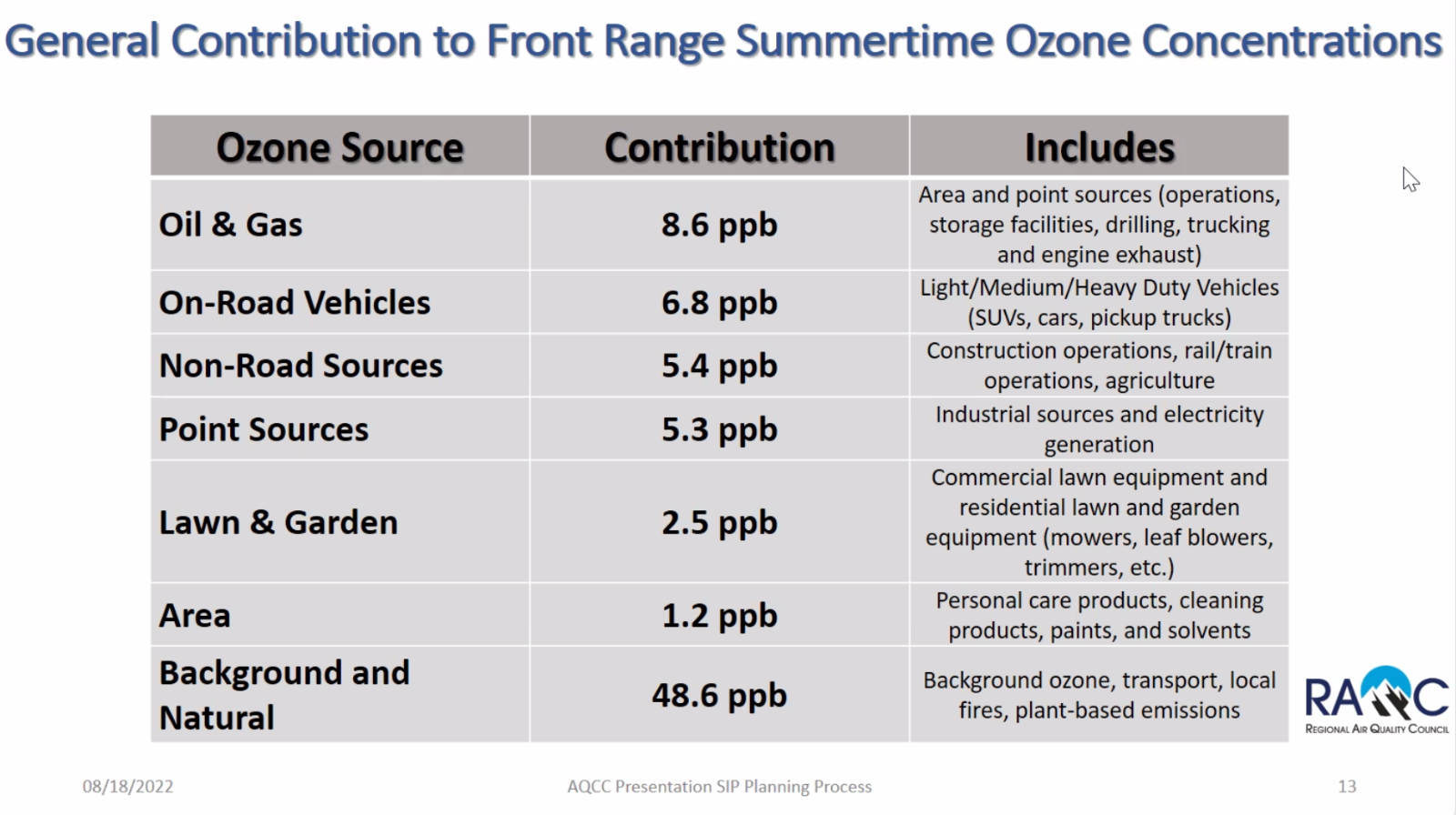
Table 2Photo by RAQC | Used by permission
Based on the highest value for 2020-2022 average ozone levels of 84 ppb, the northern Front Range region needs to reduce ozone pollution by approximately 14 ppb (17%) to meet the latest standard of 70 ppb.
It’s true that some of the ozone that pollutes our air comes from out of state and other “background” sources. Likewise, some of the air pollution we generate in Colorado will impact neighboring states. We should pursue regional and national policies that cut these cross-state impacts.
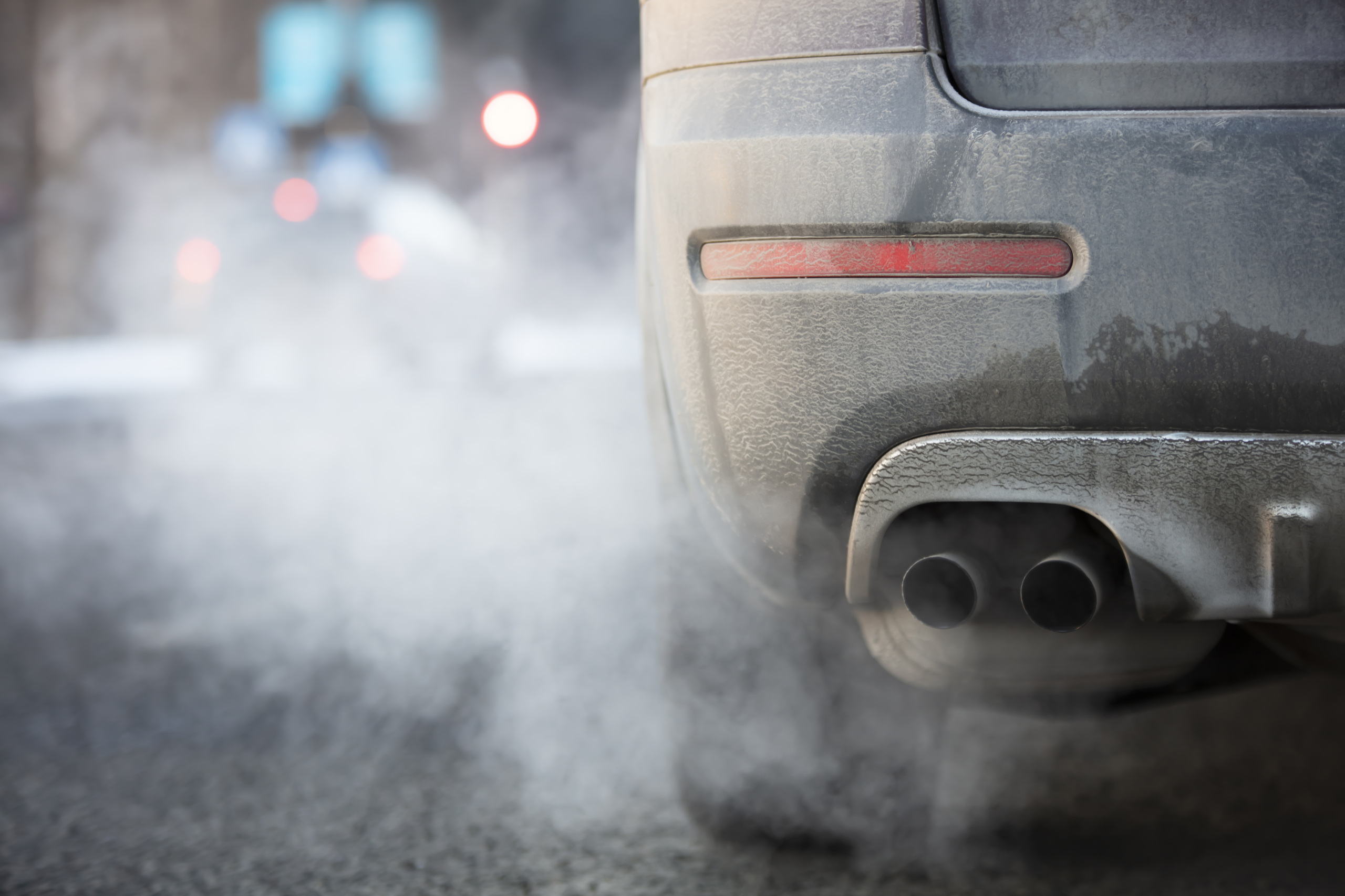
Photo by © Jarkko Heinonen | Dreamstime.com | Used by permission
But local sources are still to blame for a lot of our ozone pollution and we should not delay taking action here simply because some pollution comes from elsewhere. Colorado legislators have a lot of tools to protect our health via actions we can take right here in our state.
No single solution will bring ozone pollution in our region down below unsafe levels, so it is important that the legislature and governor work together, building off previous legislative and regulatory actions, to pass a package of policies that address ozone pollution across the board.
When this coming ozone season arrives, every pound of ozone-forming pollution we prevent will matter.
A note on methodology: In our ozone agenda, we worked to identify the amount of pollution that could be reduced by any sample policies highlighted. For actions where there is limited information available on the reductions of ozone-forming pollutants, we showed how much savings would be associated with a 10% reduction – the low end of what is needed to bring the northern Front Range region’s ozone pollution down from current levels to the 70 ppb required by the EPA.
CoPIRG’s 2023 proposed ozone package:
1. Shift away from gas-powered lawn & garden equipment
Why: Pound for pound, gas-powered lawn and garden equipment is highly polluting – even more so than the cars and trucks we drive. For example, operating a commercial gas-powered leaf blower for one hour can produce as much ozone-forming emissions as driving 1,100 miles.
Sample policy: Financial incentives for consumers to switch to electric lawn equipment.
How much impact: If we fully transition away from gas-powered lawn and garden equipment, the Northern Front Range region can cut nearly 20% of the amount needed to meet EPA standards for ozone. According to the RAQC, this equipment contributes 1,313 tons of NOx and 6,020 tons of VOCs each year to our air in the Northern Front Range alone. Incentives that could remove or replace 10% of the gas-powered lawn equipment with electric equipment could therefore prevent 131 tons of NOx and 602 tons of VOCs entering our air each year.
2. Accelerate the transition to electric vehicles
Why: The exhaust from gas- and diesel-powered cars and trucks is a leading source of air pollution in Colorado. Switching to electric-powered vehicles eliminates tailpipe emissions. The current tax credits for electric vehicles in Colorado are ramping down and will expire soon.
Sample policy: Increase current tax credits for cars and trucks and extend them past 2026 to continue to bring down the up-front cost of new electric vehicles.
How much impact: According to the RAQC, each electric vehicle prevents 5 pounds of NOx and 6 pounds of VOCs – both ozone precursors – from entering our air each year. Combining this with data from RMI’s Energy Policy Simulator tells us that for each $1000 in state subsidies for electric vehicles that start in 2024, we can prevent 13,830 pounds of NOx and 16,596 pounds of VOCs from entering our air by 2030.
3. Incentivize the adoption of e-bikes
Why: Electric bicycles (e-bikes) produce zero tailpipe emissions and can be an affordable way to both cut air pollution and expand people’s non-car travel options.
Sample policy: Establish state tax credits or other financial incentives that bring down the up-front cost of purchasing e-bikes.
How much impact: The City of Denver estimates that each e-bike it sold via its successful rebate 2022 program replaces 3.4 car trips, totalling 22 miles, per week on average. That’s 176 trips totalling 1,144 miles each year. Incorporating RAQC data, this means that each e-bike prevents 2.8 pounds of ozone-forming emissions from polluting our air each year. If we can incentivize the purchase of 10,000 e-bikes statewide, we can prevent 28,288 pounds of ozone-forming pollution each year.
4. Support transit strategies that increase ridership and reduce the need to drive
Why: In 2022, by eliminating fares, RTD’s fare-free August resulted in a 22% increase in ridership over July, which was over 1 million additional rides. Increasing transit frequency can also increase ridership. For example, cities such as Houston and Seattle have seen increased frequency of service result in increased ridership.
Sample policy 1: Provide more flexibility to transit agencies for maximizing the impact of the current fare-free transit program.
Sample policy 2: Give transit agencies greater tools to increase funding to expand transit service.
How much impact: If we estimate that just 10% of RTD’s additional rides last August were replacing car trips, then we prevented 1,600 pounds of ozone-forming emissions from polluting our air in a single month. If we can double last year’s fare free success, we can prevent 3,200 pounds of ozone-forming pollution from entering our air. Increasing ridership at multiple transit agencies year-round will of course have an even greater impact.
5. Tackle minor sources of ozone to ensure we’re not making the problem worse
Why: “Minor” permitted sources of ozone pollutants may be small individually but can add up. There are thousands of “minor” sources – from new oil and gas wells to modifications at already existing “major” sources such as refineries. If your bathtub is overflowing, you don’t turn on new taps, so the state should ensure we’re tackling these minor sources and not allowing new ozone pollution.
Sample policy: Ensure new “minor” air pollution sources or modifications at “major” sources do not add additional ozone pollutants.
How much impact: This could ensure we’re not adding any new pollution from minor sources. A minor source is anything that may emit under 25 tons per year of either NOx and/or VOCs. If we assume the state issues an average of over 2,000 of these types of permits per year and that each new permit contributes a modest 1 ton per year of new NOx and/or VOCs, we could prevent 2,000 tons per year of new ozone-forming pollution.
6. Reduce ozone from existing oil & gas operations and refineries
Why: The oil and gas sector is one of the largest sources of ozone pollution in our region and many cleaner options for equipment and processes exist that this sector and other industries can incorporate to further reduce emissions.
Sample policy 1: Cut pollution from the vehicles and engines involved in oil & gas operations and accelerate the current transition to add more zero-emission equipment.
Sample policy 2: Pause some of the most polluting oil & gas activities during the height of ozone season.
How much impact: The RAQC estimates that the oil and gas sector adds 27,046 tons of NOx and 46,684 tons of VOCs to the air each year in the Northern Front Range alone. A 10% reduction would prevent 2,705 tons of NOx and 4,668 tons of VOCs from entering our air each year.
7. Reduce ozone pollution from industrial areas
Why: Industrial sources of air pollution such as warehouses concentrate activity from heavy-duty trucks. Combined with emissions from equipment on site, these types of sources contribute to air pollution in both neighboring communities and at the regional level.
Sample policy: Expand incentives for truck electrification and adopt pollution controls that reduce pollution from sources like warehouses.
How much impact: According to the RAQC, medium and heavy duty vehicles on the Front Range, such as those frequenting warehouses, contribute 2,993 tons of NOx and 292 tons of VOCs each year to our air. Reducing this by 10% would prevent 299 tons of NOx and 29 tons of VOCs from entering our air.
8. Reduce ozone pollution from buildings and transition away from gas heat and power
Why: While on a smaller scale, emissions from gas used to heat our homes and water as well as appliances generate ozone-forming emissions. According to an RMI analysis, Colorado’s natural gas appliances emit as much NOx as all of the state’s gas power plants combined, so improving the efficiency and increasing emissions standards for water heaters and appliances will help reduce pollutants that fuel ozone in summertime.
Sample policy: Require water heaters, furnaces and boilers meet certain low-NOx standards and increase appliance standards.
How much impact: Updating energy and water efficiency standards for certain appliances could cut 181.9 tons per year of ozone-forming NOx pollution by the year 2035.
9. Improve the state’s ozone reduction rulemaking process
Why: Our state has completed numerous plans to cut ozone pollution to meet EPA health-based air quality standards but for a decade, the plans have fallen short and the Front Range has now been downgraded to “severe” nonattainment. We need a process that results in a plan that will actually reduce ozone pollution enough to meet air quality standards.
Sample policy: Increase transparency and expert review as early in the State Implementation Plan process as possible and improve modeling efforts to increase the efficacy of this regulatory process.
How much impact: Improving the process helps ensure our regulatory agencies can further advance ozone reduction strategies that build on the legislature’s actions.
Every pound matters. Lots of actions add up.
On a macro level, our region needs to bring average ozone levels below 70 ppb in order to comply with EPA health-based air quality standards.
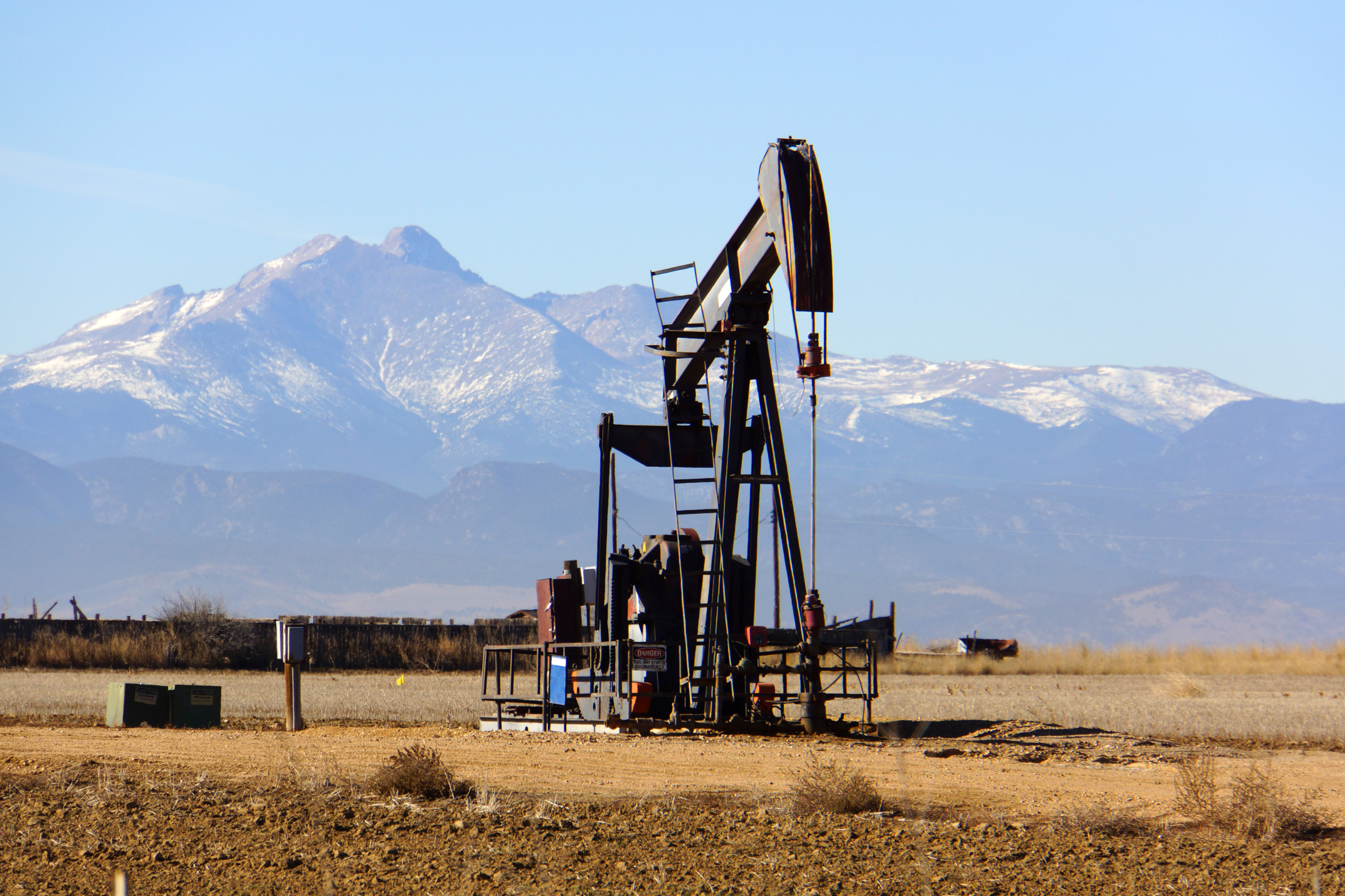
Photo by © Steve Keller | Dreamstime.com | Used by permission
But on any given day during our summer ozone season, the actual ozone pollution will depend on the ozone pollutants in the air that day combining in the presence of sunlight and heat.
Every pound of pollution we can reduce on each of those days matters.
As mentioned in our methodology, more work needs to be done to pinpoint the exact amount of pollution reductions we can expect from each action recommended in this agenda, and the relationship between NOx and VOCs and the amount of ozone they form isn’t a simple, linear one. However, we know we need to cut ozone pollution by 10%-20% for the northern Front Range to meet the ozone attainment threshold, so we should be aiming to reduce NOx and VOC levels by at least that much.
No single solution will fix our air pollution problem.
We hope the legislature will pass a package of policies to cut harmful ozone pollution and protect our health and our quality of life.
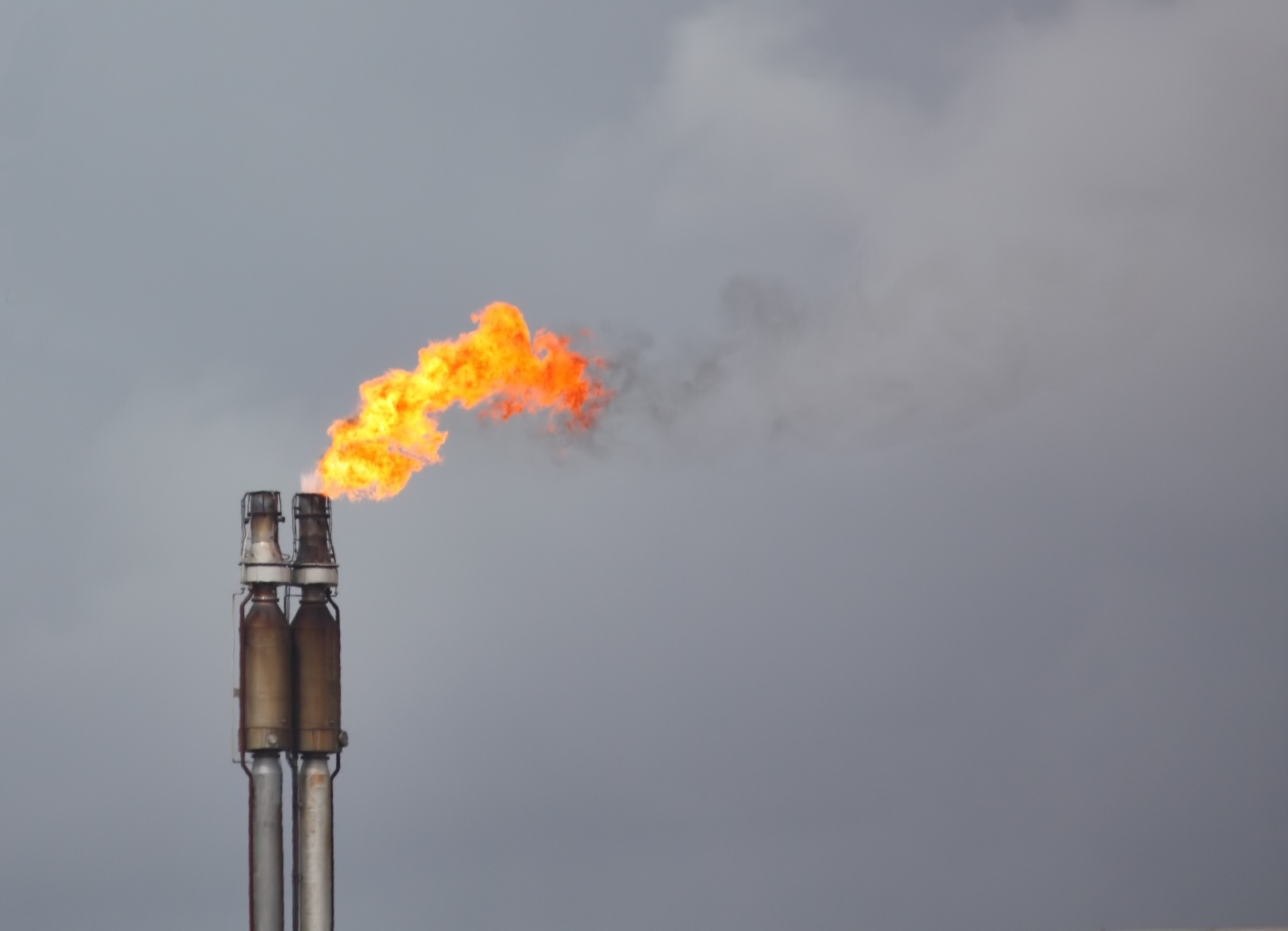
Photo by © Abemossop | Dreamstime.com | Used by permission
Methodology
- Lawn and garden equipment calculations: Per RAQC chart in Table 1, lawn & garden equipment in the northern Front Range region is expected to emit 7.5 tons per day of NOx and 34.4 tons per day of VOCs. Per email correspondence with a RAQC staffmember, the assumption is 175 days of operation per year, so 7.5 x 175 = 1312.5 tons per year of NOx and 34.4 x 175 = 6020 tons per year of VOCs.
- Electric vehicle calculations: Using RMI’s Energy Policy Simulator, which assumes a $50,000 average electric vehicle cost we plugged in a 2% ($1000) state subsidy on top of the existing 15% ($7500) incentive. The model estimated 2766 EVs would be added total from 2024-2030 in this scenario. Per email correspondence with RAQC staff, the annual NOx saved by EV (tailpipe only) is 5 pounds and the annual VOC saved by EV (tailpipe only) is 6 pounds. So 2766 x 5 = 13830. And 2766 x 6 = 16596.
- E-bike calculations: Per email correspondence with RAQC staff, every trip reduced by transit or other modes saves a total of .016 pounds of ozone forming pollutants. So 3.4 trips per week x 52 weeks = 176.8 trips per year x 0.016 lbs saved per trip = 2.83 lbs of ozone-forming emissions saved per year per e-bike. Multiply by 10,000 to get 28,288 lbs per year saved by 10,000 e-bikes.
- Transit ridership calculations: 10% of 1 million = 100,000. Per email correspondence with RAQC staff, every trip reduced by transit or other modes saves a total of .016 pounds of ozone forming pollutants, so 100,000 x 0.016 = 1600. Double that to get 3200.
- Minor source calculations: Math check: According to email correspondence with Earthjustice staff, the state approved over 2000 such permits and modifications per year between June 2016 and June 2021. Then 2000 sources per year x 1 ton per source = 2000 tons saved per year.
- Oil & gas calculations: From the RAQC chart, Table 1, oil & gas in 2023 is expected to emit 74.1 tons per day of NOx and 127.9 tons per day of VOCs in 2023. Then 74.1 x 365 days per year = 27046.5 tons per year of NOx. 127.9 x 365 = 46683.5 tons per year of VOCs. 10% of 27046.5 = 2704.65. 10% of 46683.5 = 4668.35.
- Industrial areas calculations: The RAQC chart, Table 1, shows 8.2 tons per day in 2023 of NOx from Medium/Heavy-duty vehicles and 0.8 tons per day of VOCs. Multiply by 365 to get 2993 tons NOx and 292 tons VOCs per year. 10% of each is 299.3 and 29.2.
- Buildings and appliance calculations: Per email correspondence with SWEEP (Southwest Energy Efficiency Project) staff, a proposed measure should cut 159.7 tons of NOx per year from energy-saving standards and 22.2 tons of NOx per year from water-saving standards, so 159.7 + 22.2 = 181.9 tons of NOx saved per year by 2035.

